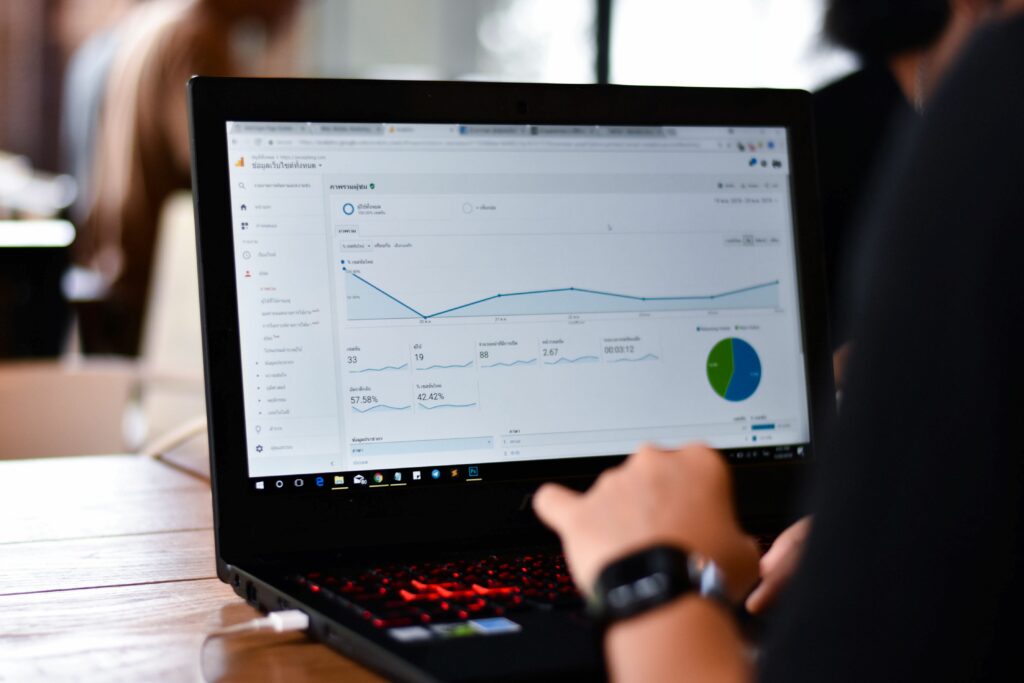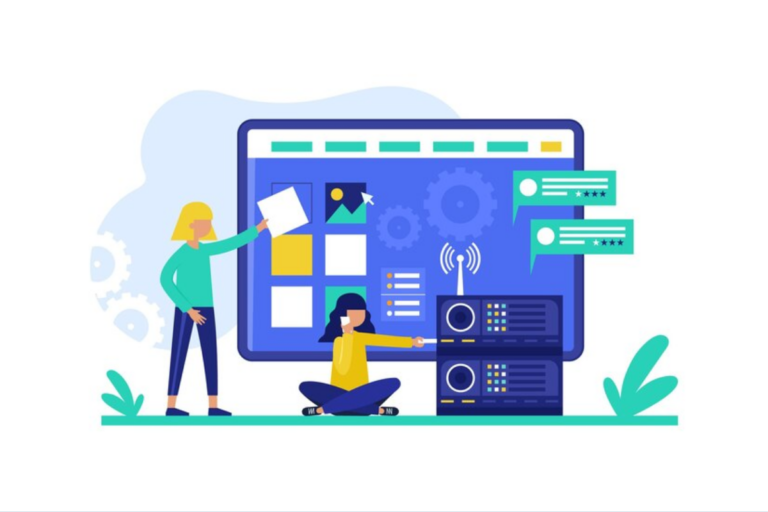For website owners, your efforts are usually centered on increasing your website’s visibility, traffic, and ranking.
After all, that website is akin to a brick-and-mortar store in a physical setting.
In the digital world, it’s through your website that you can attract customers and make sales.
Many factors affect website traffic and ranking, usually referred to under the umbrella of search engine optimization (SEO).
While those factors are fast-changing to keep up with the latest development, there are time-tested factors worth looking into by website owners.
By the end of this post, you’ll be equipped with knowledge of those five factors that affect website traffic and ranking, so now you’ll have answers to how to increase visibility for your business.
1.) Domain Security
Before developing a website, the domain name is one of the first things to secure. Take, for example, HTTP versus HTTPS on a website.
The former ranks higher in search engines than the latter, even if both look seemingly alike. The difference? The ‘s’ in ‘HTTPS.’
HTTP stands for hypertext transfer protocol. The ‘S’ in HTTPS stands for ‘Secure.’ Not all website domain names have that ‘S,’ but those that do denote SSL certification, proof of domain security.
Google, in particular, has already announced HTTPS as one of its ranking factors.
It gives the person searching for information on the internet the assurance that the website they’re opening is safe and secure.
2.) Quality Content
You may have this already time and time again, but it’s still worth repeating nonetheless: ‘Content is king.’ For websites, every content they post is of the best quality.

A website’s content is where keywords have their place. These refer to the evergreen words used by an individual when searching the internet.
Without those keywords strategically placed on the website’s content, there’s little opportunity for your website to be among the top landing pages on search engines, negatively affecting traffic and ranking.
With that, see that your website’s content strategy is sound. Never run out of new posts; you’ll also risk losing hype and attention.
Having a team solely dedicated to your site’s content ensures brings in traffic and effectively outperforms the competition.
3.) Media Size
Having images and videos here and there is highly recommended to keep the visual power of your website strong.
However, that fine line also draws the limit of your media’s quantity and size.
Cross that line; unfortunately, your website’s page loading speed is also affected, hampering website traffic and ranking.
To solve this, ensure you aren’t over-using images and videos across your site; one to two per post is sufficient. Choose them intentionally.
Next, resize your photos, keep them all in uniform size, and only up to the dimension and resolution necessary.
It applies to e-commerce websites where you’ll have more pictures to provide would-be customers with a catalog of all your products.
Compression tools are good to use, as these reduce files to the size necessary to improve performance but are also still large enough to retain quality.
4.) Mobile-Friendliness
In the past, Internet users were generally browsing from computers and laptops.
Many are browsing from handheld devices like smartphones and tablets, which have access to the internet, making them convenient to use.
With that, websites need to be accessible and usable not just through the big screens of computers but also on smaller mobile screens.
Unfortunately, search engines will knock you down if your site doesn’t function effectively on a mobile screen.
Desktop performance only comes next to that of mobile performance.
Here are a few points to bear in mind:
- The theme or template of your website should be mobile-responsive;
- Avoid using large font sizes that look fine on the big screen but, when opened on a mobile device, covers the entire screen;
- Check that there isn’t any text falling off the screen.
Website developers have to test and check that every page of the website is optimized, especially for mobile use.

5.) Social Media Presence
Yes, even websites need to be connected to a social media account. An average person spends so much of their idle time on social media.
Purchase decisions can also be made after seeing or reading about it on social media.
Websites that don’t have a social media presence are missing out on more traffic potential.
To make this effective, post new content or any updates on your website through your social media accounts.
Then, link your website to make it easy for your followers to navigate.
Final Thoughts
As you can see, there are so many factors that affect a website’s traffic and ranking.
As you start improving your website for it to rank higher, you’ll find many more factors that contribute to that overall success.
For websites, the ultimate goal is to make it to the top landing pages on search engines to attract more traffic and increase profits in e-commerce websites.
If you notice a decline in ranking or a decrease in traffic, use the list above as your checklist to determine where the potential problems lie.



